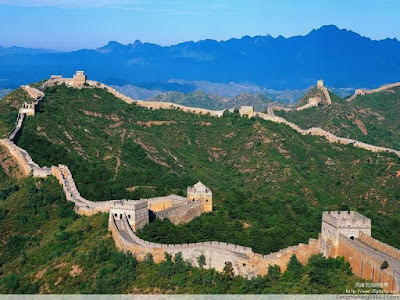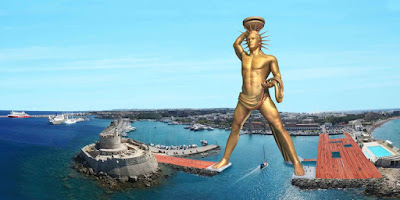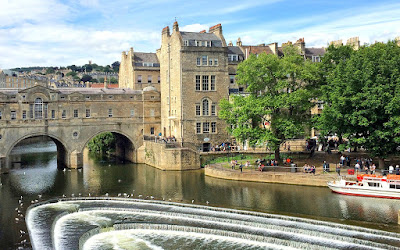Historic Center of Willemstad: A "Tropicalized" Holland

In 1634, in a beautiful natural Caribbean harbor on the island of Curaçao, the Dutch established a trading post. It soon developed into a thriving city that today presents an urban center with different historic districts, whose architecture reflects both the styles of the Netherlands and the Spanish and Portuguese colonial cities with which Willemstad carried out its commercial transactions. The historic area of Willemstad is characterized by an urban landscape consisting of four historic neighborhoods: Punda, Pietermaai, Otrobanda, and Scharloo, which are separated by a natural harbor. Although each has its own urban morphology, they all share a "tropicalized" historic Dutch architecture. The World Heritage site consists of a central part built by the bay of Sint Anna and a part of the Caribbean Sea, the Punda neighborhood, and a large area of Otrobanda, plus two transmission areas that penetrate the neighborhoods of Pietermaai and Scharloo. The mouth of Sint Anna Bay is p


















